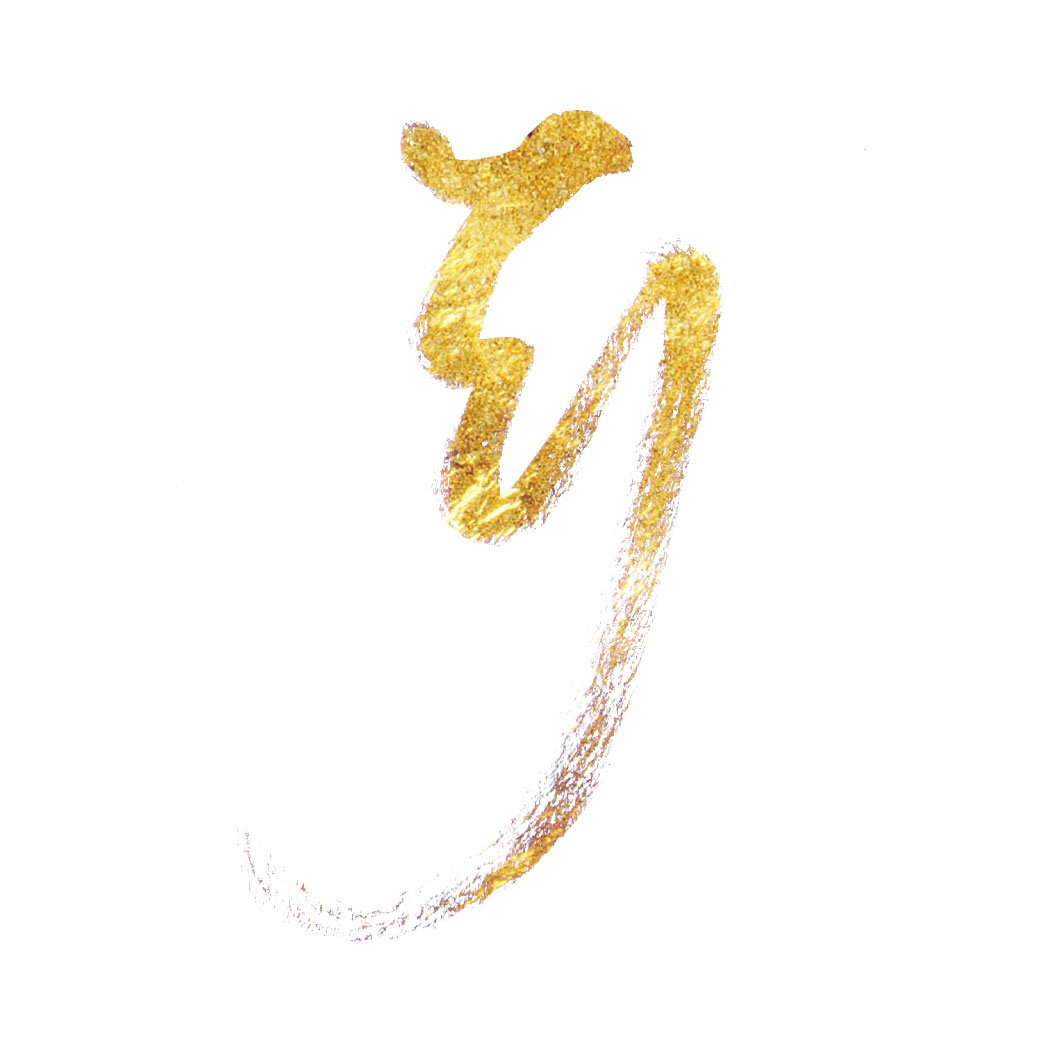Buddhist tattoo by Buddhist Monk
 "Deeper Than Skin" by Terisa Green, Ph.D.
Originally published in Tricycle: The Buddhist Review
Fall, 2003
(photo courtesy Michael Laukien, aka Travelin' Mick)
"Deeper Than Skin" by Terisa Green, Ph.D.
Originally published in Tricycle: The Buddhist Review
Fall, 2003
(photo courtesy Michael Laukien, aka Travelin' Mick)
At the Theravada temple of Wat Bang Phra, about thirty miles west of Bangkok, saffron robes, glittering statues, embroidered umbrellas, and paper lanterns are expected sights on the day of a festival. On this day, however, the throng in the square is not composed solely of the devout. Although most of the participants are Thai monks and laymen, mixed in with the crowd is an ever-increasing number of foreign roughnecks—laborers, drivers, gang members, even mobsters. All have come to seek the blessings of the monks, but it is for one particularly symbolic and permanent form of blessing that they have made their journeys—tattoos.
Rooted in Thailand’s tradition of Buddhist spiritual service and the country’s history of animistic belief, the annual tattoo festival at Wat Bang Phra attracts thousands of visitors. For Western tattoo artists, it has become renowned as one of the last living examples of authentic tattooing. For tourists, it has been sensationalized as an example of an exotic Thai custom. And for the people of the Nakhon Pathom province, it is but one of the myriad temple festivals that take place throughout the year. No matter their background however, all have come to experience the tangible ways that beliefs are made manifest, both beneath the skin and embedded in it.
From time immemorial, the Khmer and Mon peoples of this rice growing area actively participated in animistic beliefs. In their every day experience, they contended with the individual spirits that inhabited the natural objects around them. Shamans, witch doctors, folk remedies, and magical rites are fundamental to animism, and its adherents directly interact with and influence the spirits. Despite Thailand’s current conservatism in the many monasteries and temples across the country, Buddhist practice is often infused with this animistic legacy.
Part of the legacy of animism is the custom of wearing protective amulets, which are thought to deter harmful forces. Before entering the temple’s enclosure, many of the men stop to purchase a string necklace bearing two small pendants—a plastic tiger’s head, representing power, and a metal medallion of the abbot and head tattooist of the monastery, Luang Phor Pern. But the most potent amulet, the one for which these seekers have come today, is not worn outside the skin but rather in it.
As the men queue up at the various small buildings surrounding the enclosure, the tattoos are finally applied. The tattooists are monks, some former students of Luang Phor Pern. Because of the prohibition against touching women, the great majority of the monks will only tattoo men, although occasionally a monk may specialize in women’s tattoos if an assistant can be found. Many specialize in the tiger tattoo, for which the temple is famous, while others are known for their application of protective ancient Khmer scripts. No matter the design though, it is the tattoo itself that is imbued with power and the act of tattooing that confers the blessing. Offerings of cigarettes, or perhaps orchids, are made to the monks.
Dipping their slender metal double-pronged rods into a dark liquid (an undisclosed combination of coloring agent, snake venom, and potent herbs), they repeatedly, rhythmically, and quickly puncture the skin of the devotees. Small dots of ink and blood begin to appear, and with repeated applications, the small dots eventually form an overall design. After finishing, the monks say a quick prayer, and the next devotee steps up. But this is not the end of the experience. Although the majority of the men in the square report that they feel calmed by the procedure, some begin to shriek and writhe as they take on the various characteristics of their tattoo designs, which are believed to activate inner demons. Eventually, temple custodians, companions, or family members are able to awaken the men from their trances by rubbing or blowing on their ears, causing the demons to leave. The exhausted devotees then return to their senses (and attend to any injuries), carrying away with them the assurance that evil has been cast out and that protection from harm will now prevail.
Note: I nicked this from Tattoo symbol.com. They have a few symbols and a tattoo gallery. Welcome to have a look at their site. Their logo is interesting. One down, google ads. So I inserted this from their site as opposed to just the intro. The article was originally published in a Review. Ref above.
:: Also, I recommend you to read our post about Buddhist Script and Buddhist tattoo design by Tashi Manox
